Animal Chairs by Elad Ozeri
These playful forms and bright colors speak directly to our audience of the TC1000. The simplified forms exaggerate the identifying characteristics of the animals, making them fun and friendly.
(From DesignBoom)
israeli designer elad ozeri, participated in the designboom mart new york 2010,
held this past week at the ICFF, presented his series of animal chairs for children.
'zelig' elephant chair
image © designboom
each seat is made by ozeri, hand-cut out from a single piece of acrylic sheeting
in the form of an elephant or giraffe. they are then shaped and bent into their final form
through heating.
the prominent features of the elephant (its trunk) and giraffe (the neck),
are used as structural and supporting design elements in ozeri's chair design.
'zelig' was a short-listed entry in the designboom premio vico magistretti competition.
'zelig' elephant chair, back view
image © designboom
'zelda' (giraffe) and 'zelig' chair
image © designboom
'zelig' the elephant and his friend 'zelda'
layout of cutting template
designer elad ozeri
image © designboom
---------------------
These mascots for the Olympics are another inspiration for our cart. The forms are very fluid and organic. The dynamic poses and features make these characters seem lively and energetic. Great forms for inspiration.
Wenlock and Mandeville by iris
Creative agency iris has unveiled Wenlock (right) and Mandeville, the mascots for the London 2012 Olympic and Paralympic Games.
The two characters are based on blobs of steel used to make the girders for the Olympic stadium, and feature headlights derived from the hire light on London taxis.
Wenlock (above), the mascot of the Olympic Games, is named after the English town of Much Wenlock, which inspired Baron Pierre de Coubertin to found the modern Olympic movement.
Mandeville (above), the mascot of the Paralympics, is named after the town of Stoke Mandeville, the birthplace of the Paralympic Games.
Above: Wenlock. See full-size image here.
Above: Mandeville. See full-size image here.
More Dezeen stories about the London 2012 Olympics:
ArcelorMittal Orbit, a giant sculpture by Anish Kapoor
London 2012 Olympics logo by Wolff Olins
London 2012 Olympics stadium by HOK
Here’s some text about the two characters from the London 2012 website followed by text from iris’ website:
Wenlock
How did I get my name?
My name is inspired by Much Wenlock in Shropshire, a town that is at the heart of Olympic history. In the 19th century, Baron Pierre de Coubertin was invited there to watch the Much Wenlock Games, which were inspired by the Olympic Games of ancient Greece. De Coubertin was inspired by the Much Wenlock Games, too, and went on to found the modern Olympic movement. The Much Wenlock Games are still held to this day!
Mandeville
How did I get my name?
My name is inspired by Stoke Mandeville in Buckinghamshire, the birthplace of the Paralympic Games. On the same day as the Opening Ceremony of the London 1948 Olympic Games, Sir Ludwig Guttmann held his own sport competition in Stoke Mandeville for World War II soldiers with spinal injuries. The Stoke Mandeville Games grew and grew until they became the Paralympic Games.
(Read more at Dezeen)
-------------------------
Creature Feature Time
It’s that time again! It’s time for a clock. This one is frightfully titled “Creature Clock”, but not in such a terrible way. Nay! This is truly the monster you’ll love to have around your bedside. In five pieces. Yes, weird! Wonderfully abstract! This clock comes in five distinct pieces that you set out, all next to one another, on your shelf or counter, all of them in a group as one. On the one you can see the time, but as there are no numbers, and the forms are mere suggestions of beings, it is all very vague.
Truly that is the aim though, to cast in your mind the idea that time is not an absolute measurement but instead a mathematical representation. And of course, that “the past is always just gone, the present is always fleeting, and the future is always a tick away.”
Designer: Pete Oyler
Via Yanko Design
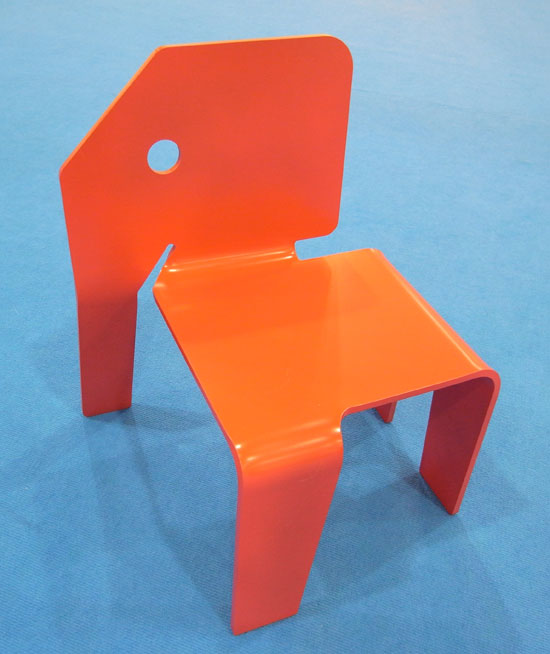







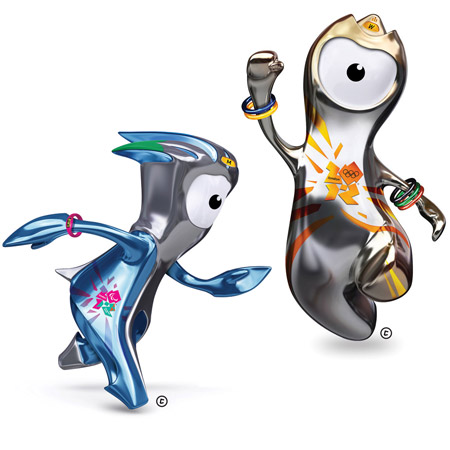
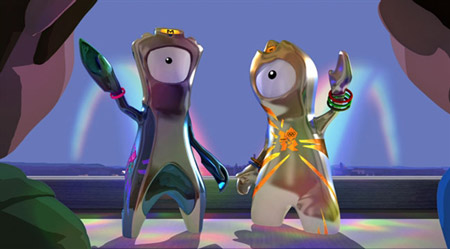
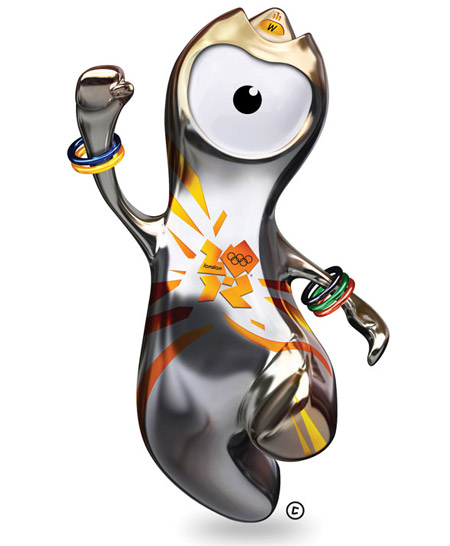
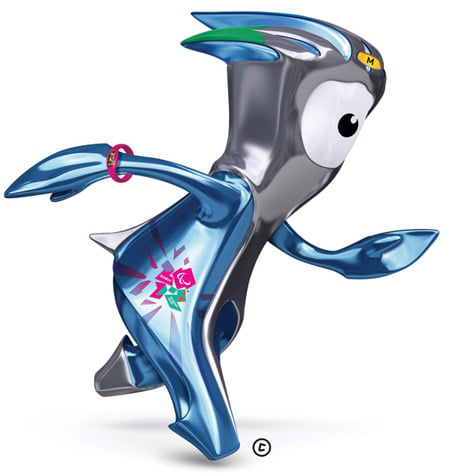
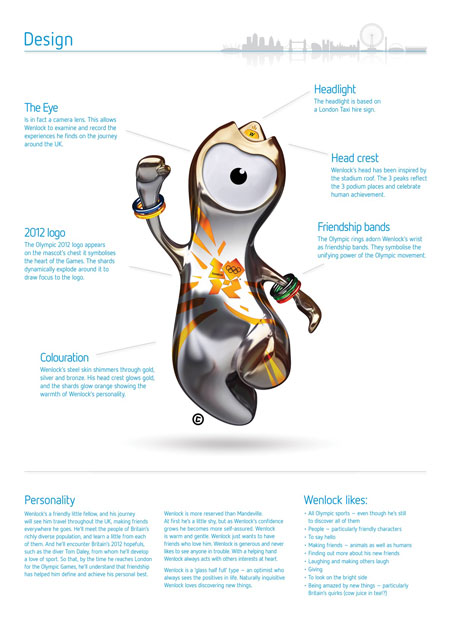
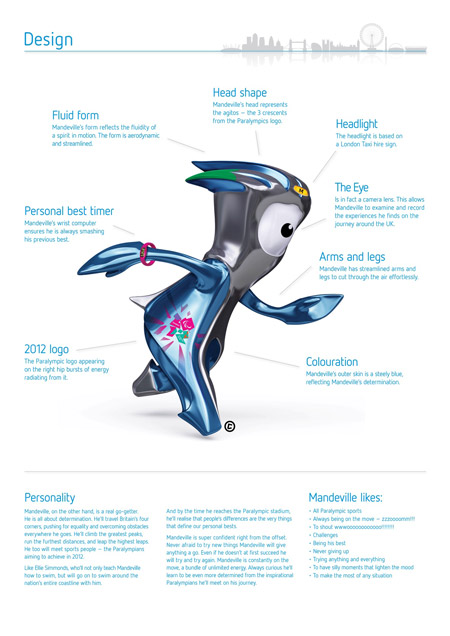
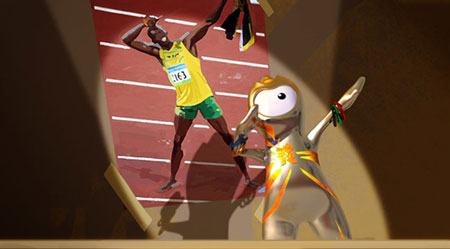
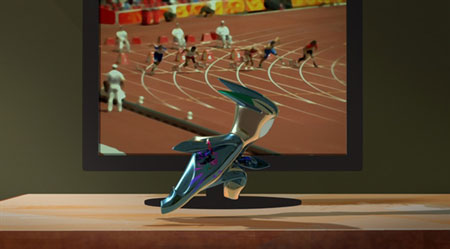
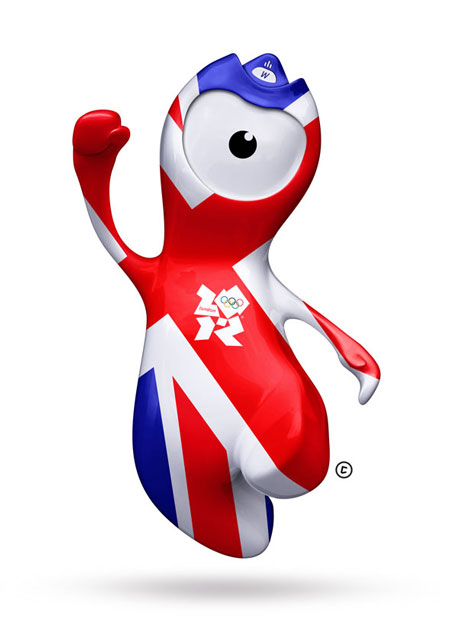
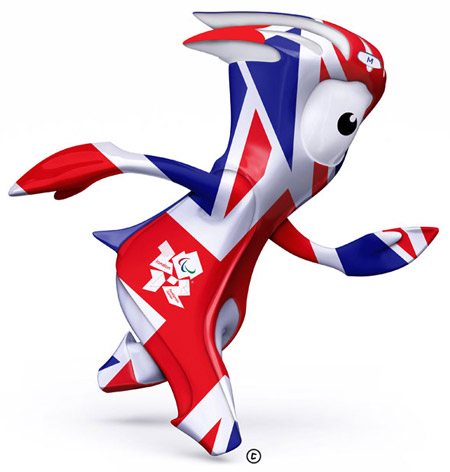
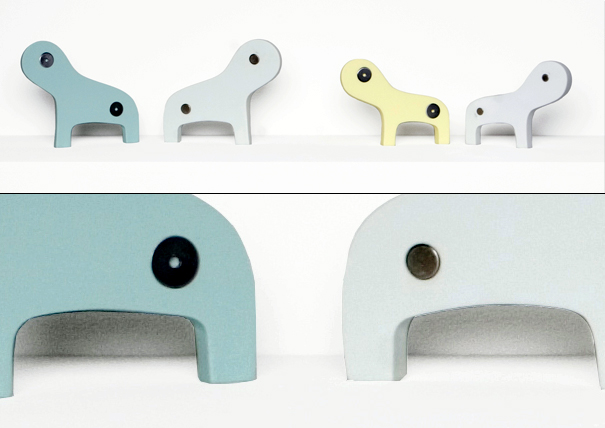
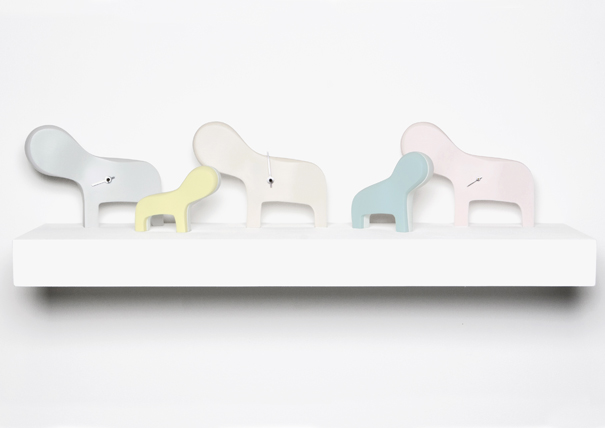
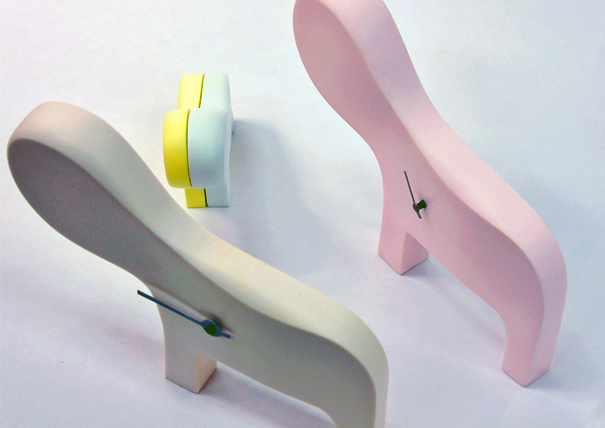
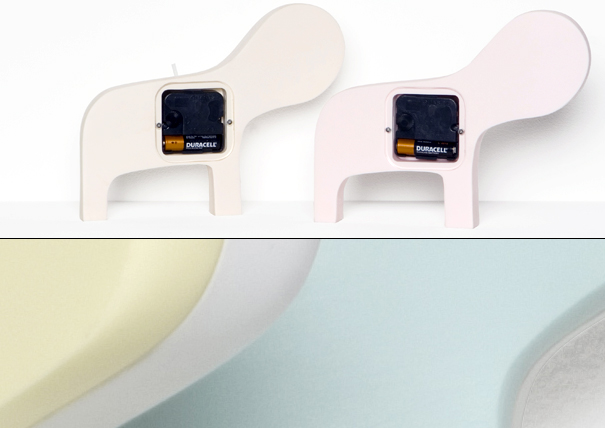
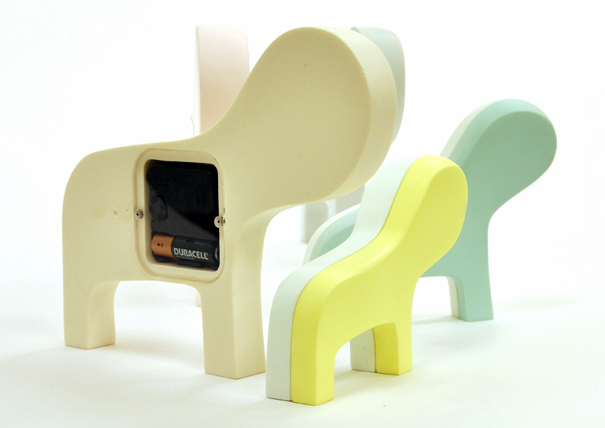
No comments:
Post a Comment